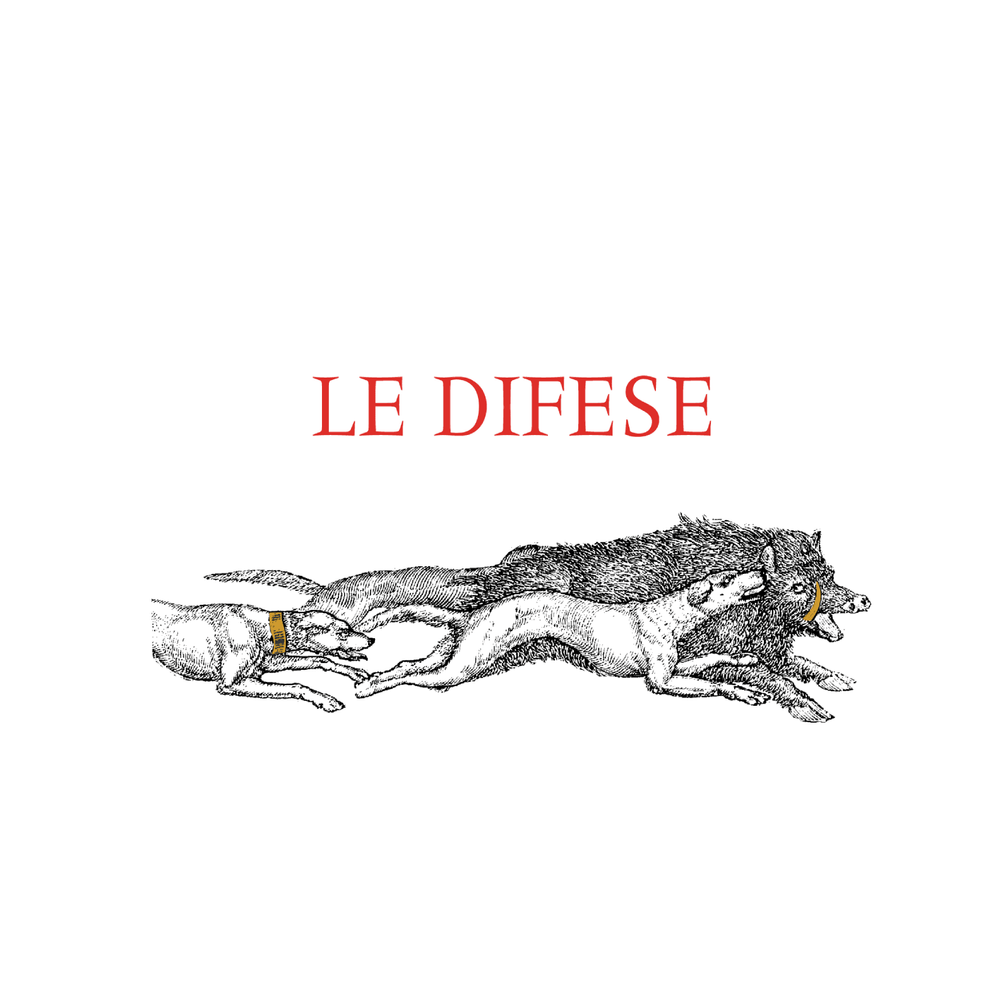Data Sheet
LE DIFESE 2004
CLASSIFICATION
IGT - Toscana
FIRST VINTAGE ON THE MARKET
2002
GRAPES
Cabernet Sauvignon, Sangiovese

Le Difese
SOIL STYLE
The soils on which the vineyards stand has varied and complex terrain features with a strong presence of limestone, feature areas rich in marl and pebbles as well as being partly clayey; they sit at an altitude of between 100 and 300 metres above sea level, with a south/south-west exposure.
WEATHER TRENDS
The winter of 2004 had sufficient rainfall and never exhibited excessive temperatures, while the spring was sunny with a few short thunderstorms. At flowering, high bud fertility was evident (given the high temperatures of the previous year). Potentially high yields were kept within the desired quality limits by repeated thinning of the grapes. The summer was characterised by a mild start with moderate temperatures with a sunny and very hot August. These ideal conditions allowed a homogeneous and regular physiological development of all varieties of grape.
HARVESTING
The skins were thick and healthy and the rains did not interrupt the ripening of the grapes during the harvest, giving sufficient time to establish the harvest date for each plot.
FERMENTATION
Careful selection and sorting of the bunches by hand. Soft destemming of the grapes.
Primary fermentation took place in stainless steel vats at a controlled temperature (27-28°C). Maceration on the skins for 13-15 days for the Cabernet Sauvignon and for about 14-18 days for the Sangiovese, with successive phases of pumping over and frequent deléstage to stimulate aromatic extraction and soften the tannins. Malolactic fermentation was carried out in steel and concluded towards the end of November.
AGEING
At the end of the malolactic fermentation, the wine remains in steel for about 3-4 months and temperatures are kept around 10 ° C. Periodic decanting is carried out to eliminate the sediments. The wine then undergoes an aging in wood, with French oak barriques previously used for Sassicaia and Guidalberto, for an average period ranging from 6 to 8 months. At the end of the aging period in wood, the wine returns into the steel tanks where the temperature is stabilized for about 20 days at around 4-5 ° C for the necessary tartaric stabilization, before bottling.